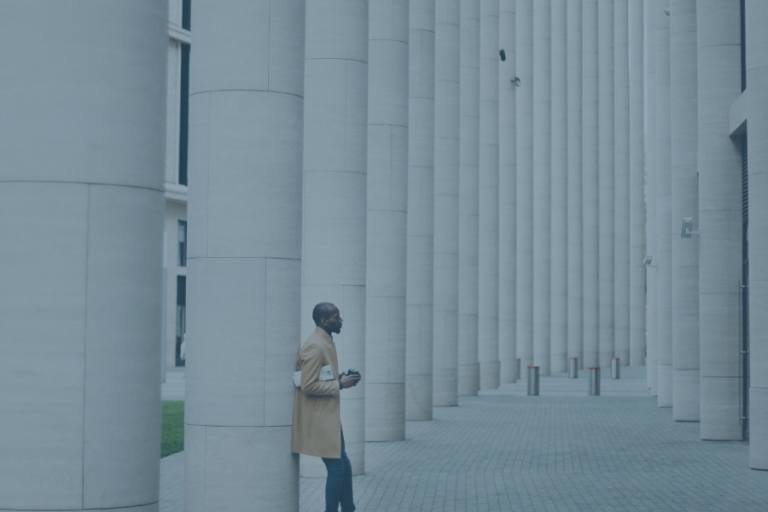
5 minute read
AN ESSENTIAL WINTER ACCESSORY | THE OVERCOAT AND TOPCOAT
When the time falls back, it’s a signal to bring out our jackets and coats. Depending on where in the country you are located, a coat may be the best option to keep you warm or dry. The question remains, do you need a topcoat or an overcoat, and what is the difference? In this post, we will share with you three surprising differences between an overcoat and a topcoat you need to know.
WEIGHT: The first sign to know the difference between an overcoat and a topcoat is the weight. Overcoats are made from thicker and heavier fabrics because they are designed to keep you warm for colder climates. Technically in the 600 GSM (grams per square meter). Overcoats are typically made of high-quality wool or twill. Higher quality overcoats are made of cashmere or vicuña, one of the most expensive fabrics in the world. Topcoats are made with lighter fabrics, such as cotton (preferably), polyester, or a blended fabric, and can be better for wet conditions. Topcoats are also best for coming in and out of your car or changing temperatures so you can hold it conveniently in your hand.
LENGTH: Another difference between a topcoat and an overcoat is length. Most overcoats rest below the knees since they are designed to protect your suit or formalwear, whereas topcoats rest just at or typically above the knees.
STYLE: Topcoat sets itself apart from an overcoat. Remember that a topcoat is part of the final piece of your ensemble, and they tend to have many appealing fabric finishes such as matte, wax, and shiny finishes. They can also be waterproof or water-resistant. Topcoats have been known to be worn with a hoodie, turtleneck, or just a t-shirt. Topcoats are designed to compliment your body and look better for the slimmer body type, yet all body styles can look great in one.
Make sure that it fits nicely around the chest and shoulders, and leave some room around the waist. The drape of the fabric should be stylish and not fall flat, as an overcoat may.
Overcoats tend not to have a variety of finishes that topcoats have, yet have an impressive selection of patterns from the types of wool, twill, and cashmere. Herringbone and houndstooth, to name a few. Overcoat fabrics tend to be more rigid, and on occasion, open up at the bottom. Make sure to remove the material that is sewn to close your coat’s vents, typically in the back, to have your coat look as it was designed. It might be a bit tight if you notice wrinkles when you button up your topcoat or overcoat.
